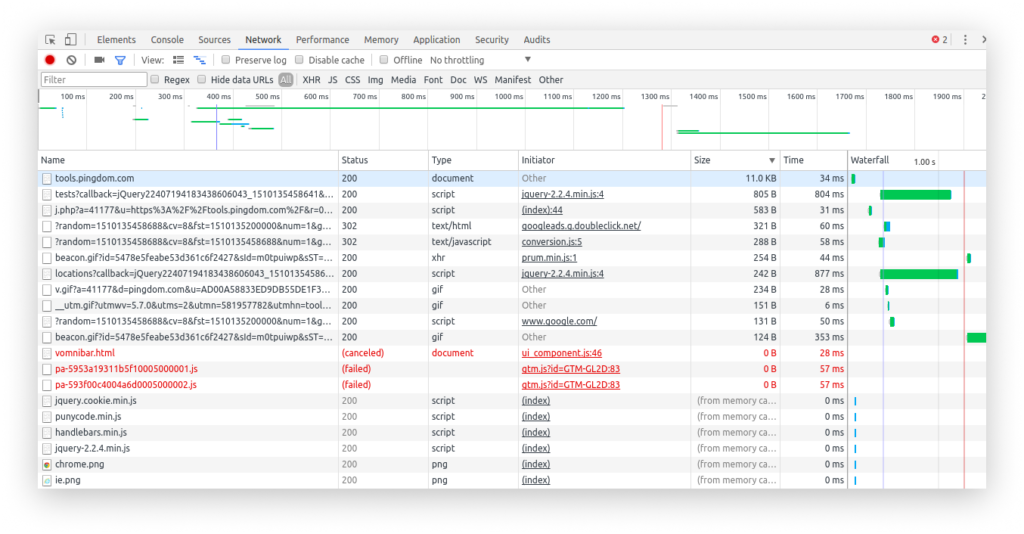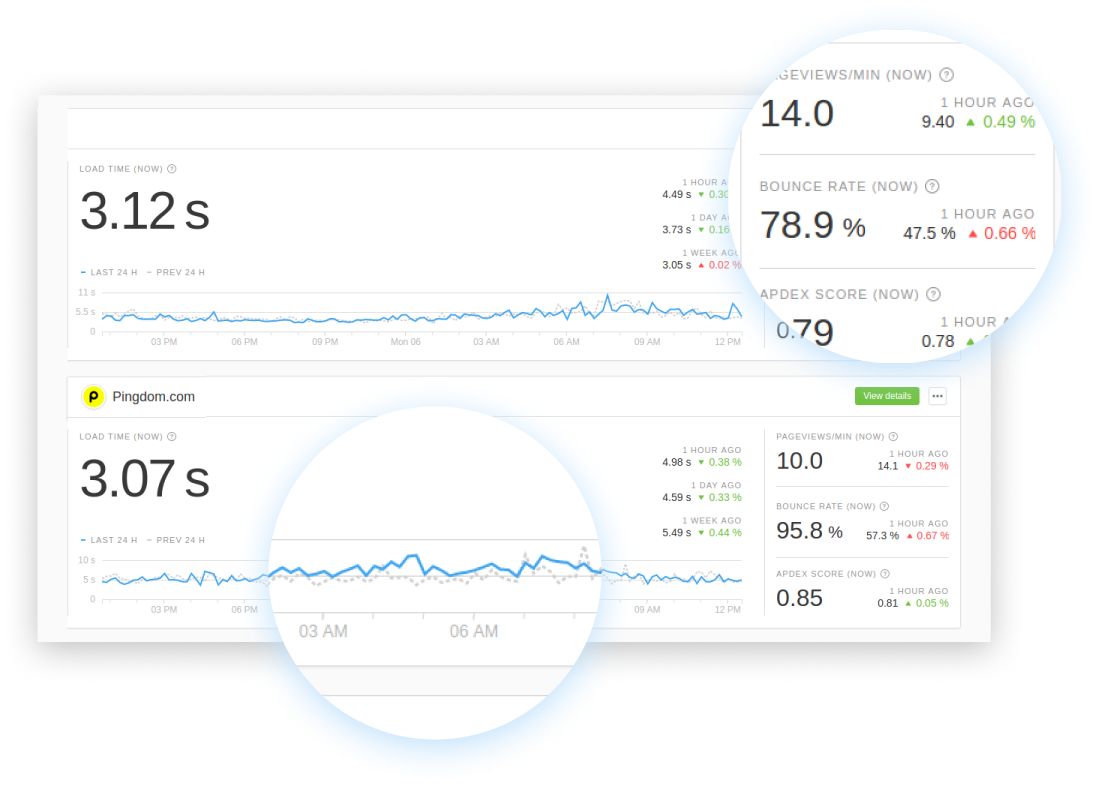Look back into almost any online technology businesses 10, or even 5 years ago and you’d see a clear distinction between what the CTO and CMO did in their daily roles. The former would oversee the building of technology and products whilst the latter would drive the marketing that brought in the customers to use said technology. In short, the two together took care of two very different sides of the same coin.
Marketing departments traditionally measure their success against KPIs such as the number of conversions a campaign brought in versus the cost of running it. Developers measure their performance on how quickly and effectively they develop new technologies.
Today, companies are shifting focus towards a customer-centric approach, where customer experience and satisfaction is paramount. After all, how your customers feel about your products can make, or break a business.

So where do the classic stereotypes that engineers only care about performance and marketers only care about profit fit into the customer-centric business model? The answer is they don’t: in a business where each department works against the same metrics — increasing their customers’ experience — having separate KPIs is as redundant as a trap door in a canoe.
The only KPI that matters is “are my customers happy?”
Developers + Marketing KPIs = True
With technology being integral to any online business, marketers are now in a position where we can gather so much data and in such detail that we are on the front line when it comes to gauging the satisfaction and experience of our customers. We can see what path a visitor took on our website, how long they took to complete their journey and whether they achieved what they set out to do.
Armed with this, we stand in a position to influence the technologies developers build and use.
Support teams, no longer confined to troubleshooting customer problems have become Customer Success teams, and directly impact on how developers build products, armed with first-hand data from their customers.
So as the lines blur between departments, it shouldn’t come as a surprise that engineering teams should care about marketing metrics. After all, if a product is only as effective as the people who use it, engineers build better products and websites when they know how customers intend to use them.
Collaboration is King
“How could engineers possibly make good use of marketing KPIs?” you might ask. After all, the two are responsible for separate ends of your business but can benefit from the same data.
Take a vital page on your business’s website: it’s not the fastest page on the net but its load time is consistent and it achieves its purpose: to convert your visitors to customers. Suddenly your bounce rate has shot up from 5% to 70%.

Ask an engineer to troubleshoot the issue and they might tell you that the page isn’t efficient. It takes 2.7 seconds to load, which is 0.7 seconds over the universal benchmark and what’s more is that some of the file sizes on your site are huge.
Ask a marketer the same question and they might tell you that the content is sloppy, making the purpose of the page unclear. The colors are off-brand and what’s more is that an important CTA is missing.
Even though both have been looking at the same page, they’ve come to two very different results, but the bottom line is that your customer doesn’t care about what went wrong. What matters is that the issue is identified and solved, quickly.
Unified Metrics Mean Unified Monitoring
Having unified KPIs across the various teams internal to your organisation means that they should all draw their data from the same source: a single, unified monitoring tool.
For businesses where the customer comes first, a new breed of monitoring is evolving that offers organizations this unified view, centred on how your customer experiences your site: Digital Experience Monitoring, or seeing as everything we do is digital, how about we just call it Experience Monitoring?

With Digital Experience Monitoring, your marketers and your engineering teams can follow a customer’s journey through your site, see how the navigated through it and where and why interest became a sale or a lost opportunity.
Let’s go back to our previous example: both your marketer and your engineer will see that although your bounce rate skyrocketed, the page load time and size stayed consistent. What they might also see is that onboarding you implemented that coincides with your bounce rate spike is confusing to your customers meaning that they leave, frustrated and unwilling to convert.
Digital Experience Monitoring gives a holistic view of your website’s health and helps you answer questions like:
- Where your visitors come from
- When are they visiting your site
- What they visit and the journey they take to get there
- How your site’s performance impacts on your visitors
By giving your internal teams access to the same metrics, you foster greater transparency across your organization which leads to faster resolution of issues, a deeper knowledge of your visitors and better insights into what your customers love about your products.
Pingdom’s Digital Experience Monitoring, Visitor Insights, bridges the gap between site performance and customer satisfaction, meaning you can guess less and know more about how your visitors experience your site.




























